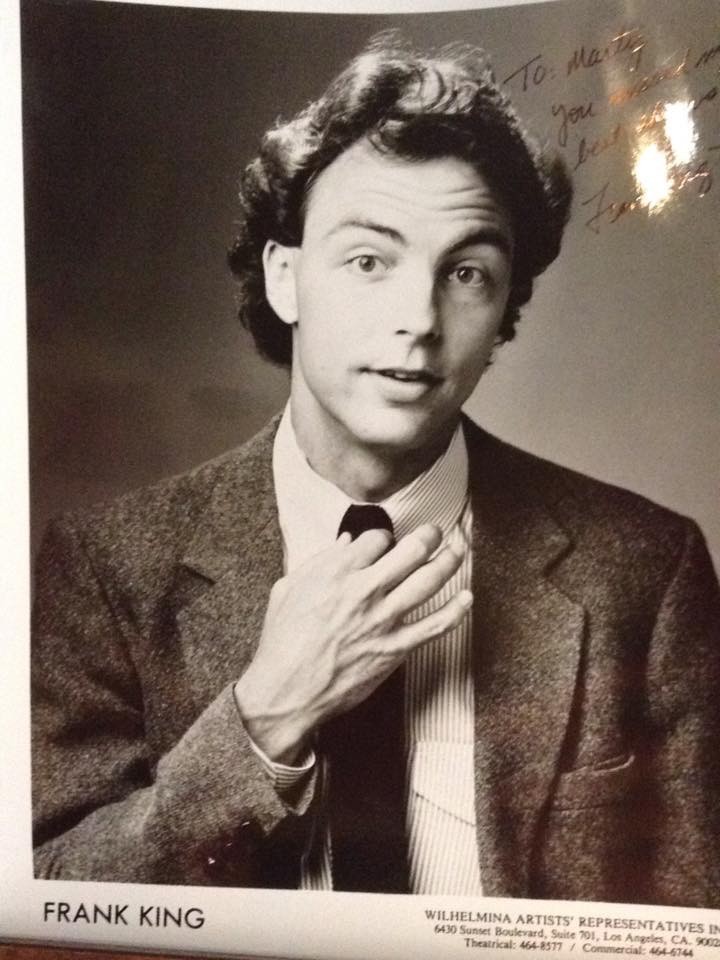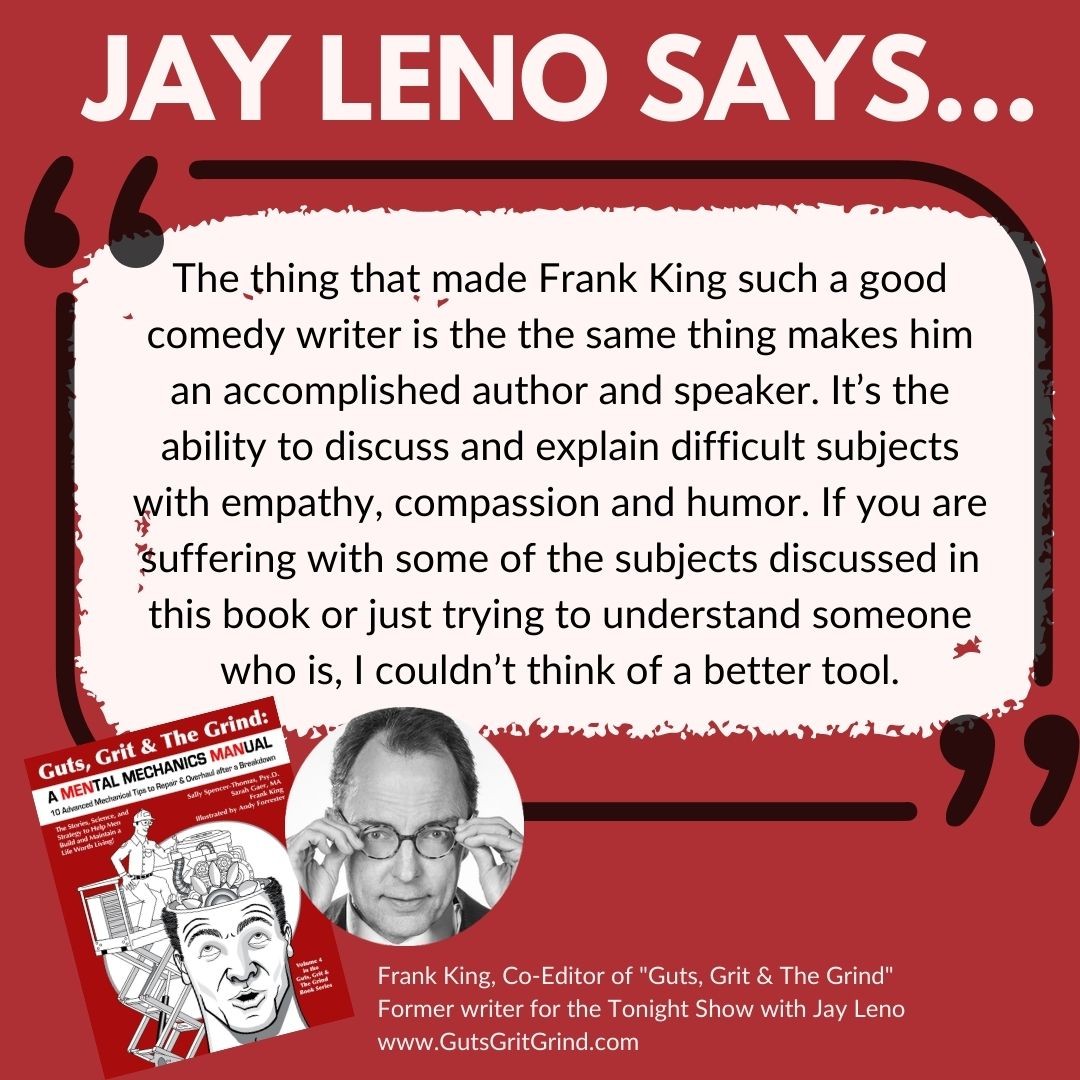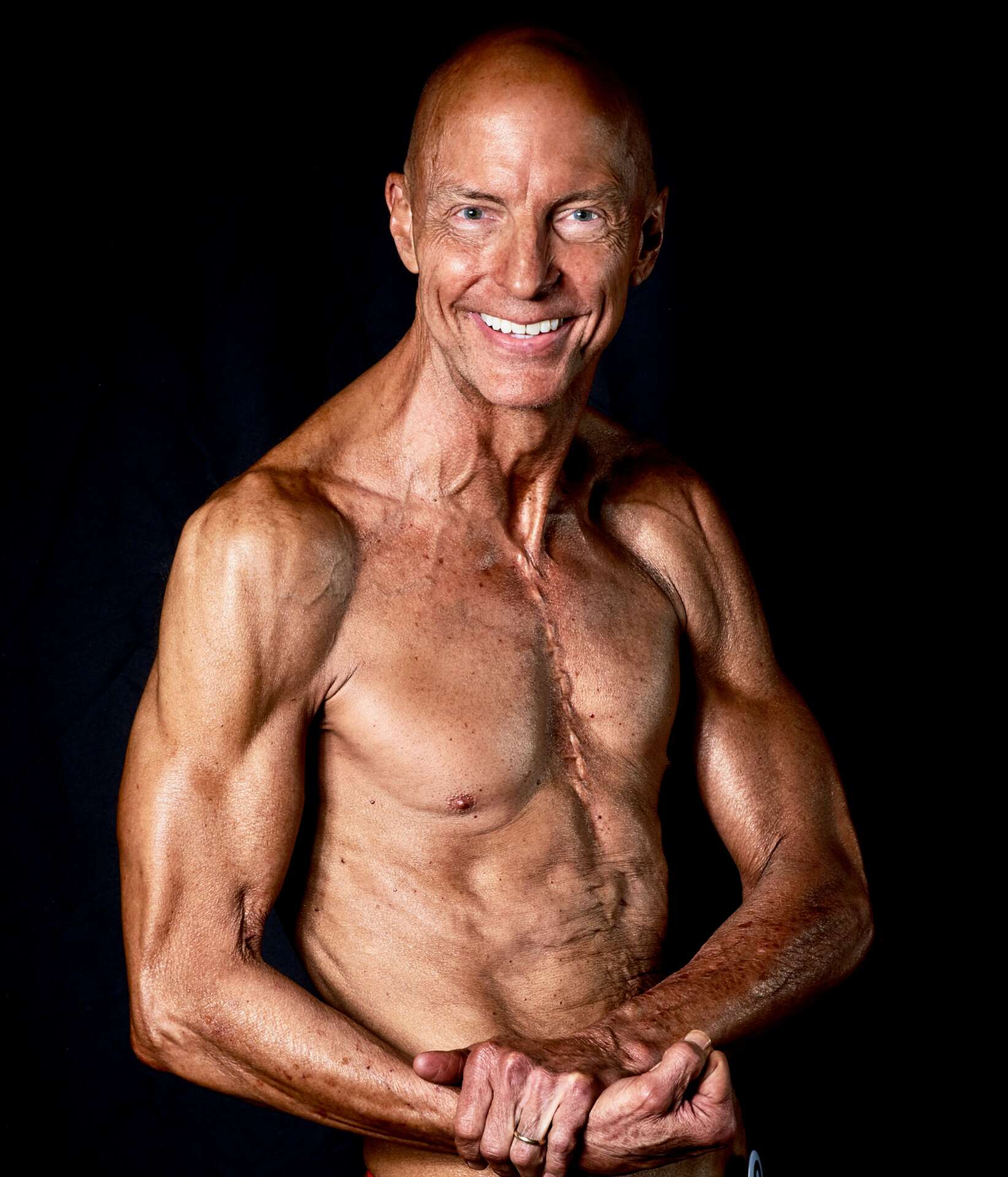Alright – so today we’ve got the honor of introducing you to FRANK KING. We think you’ll enjoy our conversation, we’ve shared it below.
Hi FRANK, thanks for joining us today. Was there a moment in your career that meaningfully altered your trajectory? If so, we’d love to hear the backstory.
What goal would you pursue, if you knew for a fact that you had absolutely nothing to lose? What audacious dream would you pursue, if you knew that by not pursing it, and remaining in place, you would literally die?
That’s where I was in January,1984. I was married and miserable, selling insurance and miserable. I felt called to be a stand-up comedian and not pursuing it left me frustrated.
One day, I was driving in San Diego, depressed and disgusted. For the first time ever, I thought: “Why don’t you just kill yourself?”
My next thought was empowering. “I could divorce my wife, quit my job, try standup comedy, and if it works, great. And if it doesn’t, I can always kill myself.”
That’s how I got into comedy.
If I stayed with my wife and insurance career, I was going to kill myself, sooner rather than later. I figured I should go for the comedy dream. I had nothing to lose.
My first time on stage at an open-mic night, I heard a voice inside my head say: “You’re home.” My next thought was, “I’m going to do this for a living, I have no idea how, but I’m going to make it happen.”
I also got divorced.
Eighteen months later, I asked my then girlfriend to come on a comedy road trip with me. It was time to launch my professional comedian career. I figured she’d say, “Oh hell no.” But she agreed! (We’ve been married for 35 years, no joke.)
Our road trips to comedy clubs, hotels, and other venues, were non-stop for 2,629 nights in a row. We had no home, but I had plenty of jobs.
I worked with Jerry Seinfeld, Dennis Miller, Jeff Foxworthy, Ron White, Rosie O’Donnell, Ellen DeGeneres, Steve Harvey, Adam Sandler, among others. I even opened shows for Randy Travis, Lou Rawls, and the Beach Boys.
In my spare time, I researched and learned. I discovered that one-third of entrepreneurs suffer from depression and are suicidal. Clinicians attribute this to long hours, little sleep, and unmet expectations.
However, I’ve worked with plenty of entertainers and entrepreneurs. And most were not depressed and suicidal because they were self-employed. They may be like me, facing mental health challenges due to heredity, trauma, or how our brains are wired.



FRANK, love having you share your insights with us. Before we ask you more questions, maybe you can take a moment to introduce yourself to our readers who might have missed our earlier conversations?
People wonder why I decided to speak on depression and suicide. I see it through a different lens.
Depression and suicide chose me.
It’s called Generational Depression and Suicide.
My grandmother took her own life (my mom found her).
My great- aunt died by suicide when I was four-years-old. Me and my mom found her. I screamed for days.
When you’re that close to suicide, studies show suicidal tendencies increase dramatically.
Fast forward to 2010. The corporate comedy speaking business had plummeted by 80 percent. My wife and I filed for Bankruptcy, losing everything we worked for over the past 25 years.
I had the barrel of a gun in my mouth, ready to end everything. Spoiler Alert: I did not pull the trigger.
A couple of years later, the business market improved. Corporations started hiring speakers and comedians again. But there was a catch.
Meeting planners who could book me said companies didn’t want to pay me “to just be funny.” I needed to teach the audience something.
Ironically, for years I wanted to make a living as a speaker who made a difference. The hurdle I saw was I thought I had nothing to teach people.
My friend and fellow speaker, Judy Carter, helped me overcome this hurdle. She sent me her book, “The Message of You; Turning Your Life Into a Money Making Speaking Career.” Midway through the book, it hit me. I DO have something to teach. And it can be monetized.
My teaching moment is my mental health story. It’s living with Major Depressive Disorder and Chronic Suicidal Ideation.
Plus, there were countless lessons hiding in the branches of my family tree.
The final piece came together when I committed to formal training. I enrolled in Suicide Prevention programs.
The second hurdle was how to connect 25 years of comedic experience with a serious topic. If I had a clear message, meeting planners would hire me.
All this led to my first of my eight TEDx Talks. My proposal was accepted on the first try. I was off speaking with a message that needed to be heard.
At the same time, I identified my ideal clients and the annual meetings they attend. The criteria were they had to hire outside speakers and have enough money to pay my fees. Above all, the decisionmakers had to understand they had a pain point that I could help them solve.
I selected six of the top ten at-risk occupations for suicide. They are dentists, veterinarians, farmers, attorneys, healthcare workers, and construction workers.
I created my “Suicide Prevention as a Workplace, Health, and Safety Issue” program. These industries loved it.
What makes me stand out is that I speak on a very serious topic, and weave in well placed, organic, and tasteful comedy. People respond to my funny personal anecdotes. Many call it “comic relief.”
The decisionmakers who hire me want someone with real-life experience. I offer learning objectives and actionable steps for audiences. Infusing respectful humor makes the content more digestible and memorable.
Today, I am most proud to go on stage with my personal mental health journey and vulnerability. It truly is my superpower.
My openness grants permission for others to safely give voice to their feelings.
The statistics tell the story as well. In the US, one person dies by suicide every 9 minutes. Globally, one person takes their life every 40 seconds. Still, few people are talking about it. That is unless someone brings it up first. Then, almost everyone has a story.
Here’s the reason I talk about the difficulties of living with Chronic Suicidality. It feels as though it’s always an option. It’s always on the menu and available.
When small or big problems arise, the suicide option rears its ugly head. Not just for me, but for most people who suffer with this condition.
For example, when something as common as my car breaking down, I figure there are three choices. Get it fixed, buy a new one, or kill myself.
I’ve told the car story in every keynote since 2014. And at least one person in the audience will say they also suffer from Chronic Suicidal Ideation. They just didn’t know the “official” name.
The difference I am making in people’s live feels extraordinary.
After delivering a college keynote, a young woman pulled me aside to thank me for the talk. She said she cried. When I asked her why, she responded: “You know the story about your car, get it fixed, buy a new one, or kill yourself? I’ve been having those thoughts all my life. I didn’t know that it had a name. I just thought I was a freak…and alone. When you shared the same experience, I discovered I am not alone. I wept.”
Along my journey, I started feeling like George Bailey, the main character in “It’s a Wonderful Life.”
My reassuring words to complete strangers who feel alone has allowed me to grow in ways I never could have imagined. It has helped save my own life and inspire me.
Because if I weren’t here, people with Chronic Suicidal Ideation wouldn’t hear my story. They could be lost to suicide as well.
My goal in life is to save one life a day.



What’s been the most effective strategy for growing your clientele?
Become the expert or thought leader in your niche. I didn’t want to be “just another person or commodity.” I wanted to be the person that others seek out. I picked a lane as a professional speaker and niched. All I needed is one topic: Suicide Prevention as a Workplace, Health, and Safety Issue.
I stay in my lane. I don’t “spray and pray” to the masses. I market to my half dozen ideal clients.
My advice to any entrepreneur is to pick a lane and stay in it. It may sound cliché but the riches are in the niches. Go deep, not wide. Do your best in our busy world to avoid side hustles and shiny object syndrome.


What do you think helped you build your reputation within your market?
I’ve built my business and reputation on LinkedIn. I work with a marketing company and consistently post five days a week. We use a combination of short videos (1-3 minutes) and long-form written posts. The content is educational, no sales pitches. There have been more than 4 million views of my posts in the last year, and countless conversations. That’s how I know I am making an impact.
Contact Info:
- Website: www.thementalhealthcomedian.com
- Instagram: http://www.instagram.com/mentalhealthcomedian
- Facebook: http://www.facebook.com/thementalhealthcomedian
- Linkedin: https://www.linkedin.com/in/frankkingthemhcomedian
- Twitter: http://www.twitter.com/theMHcomedian
- Youtube: https://www.youtube.com/channel/UCccOa4c16ApIXGay9oOZOWg
- Other: www.yourtedxcoach.com
Image Credits
There’s a image credit on the first photo.


